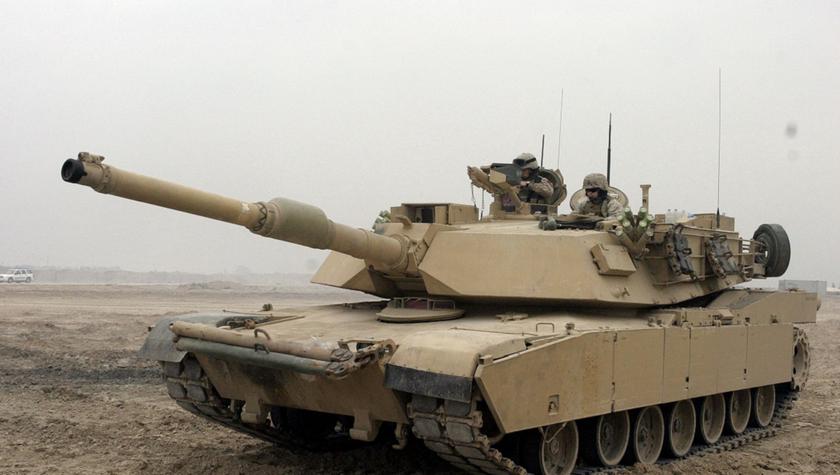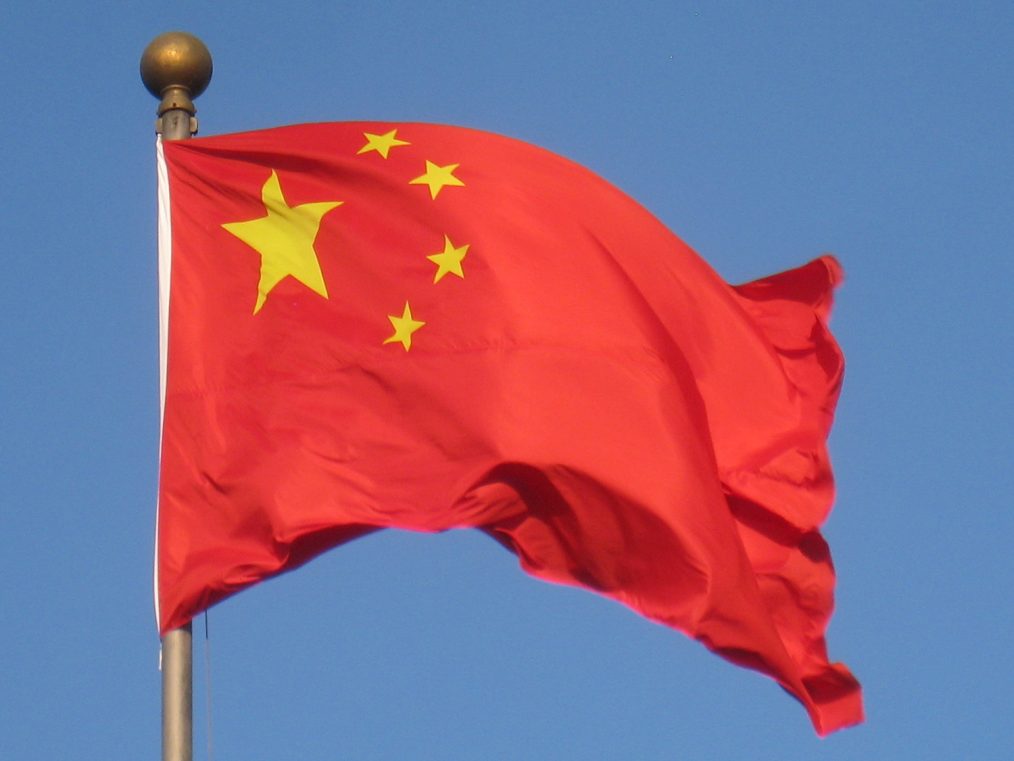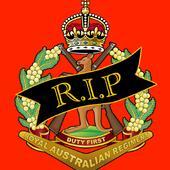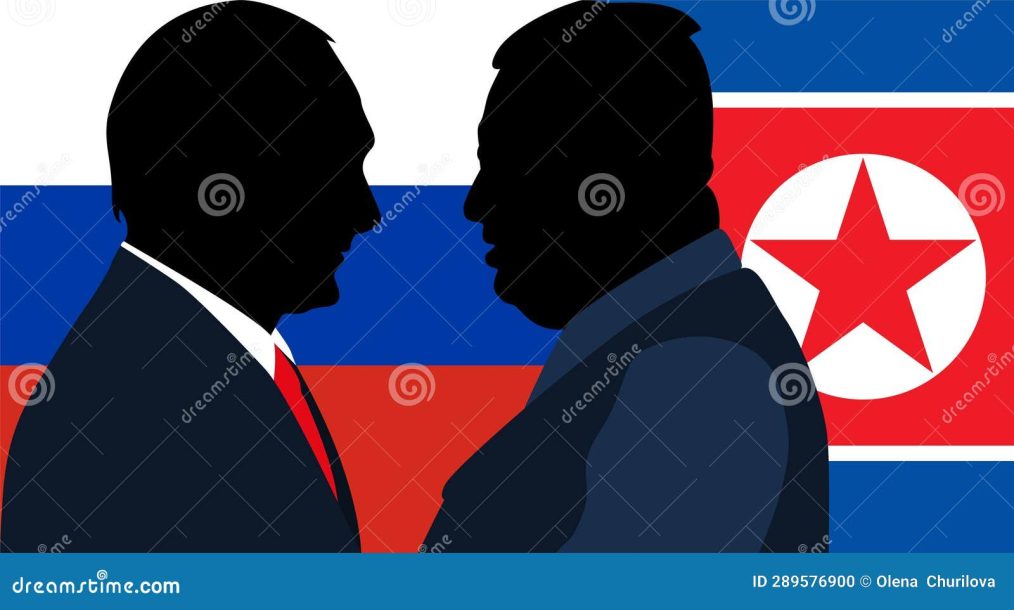In recent years, renewable energy has been touted as the solution to the climate crisis and a beacon of sustainability. But behind the glossy marketing lies a stark reality: the so-called “clean, green revolution” is proving to be less about saving the planet and more about enriching corporations, often foreign-owned, at the expense of Australian land, farmers, and families.
What we’re witnessing isn’t just an energy transition; it’s a massive global money grab. Foreign and Australian billionaires are using green energy projects to line their pockets, exploiting Australia’s resources and land under the guise of sustainability. Farmers, the backbone of this country, are being pressured to surrender their lands for solar farms, wind turbines, and other infrastructure. These projects often lead to reduced agricultural productivity and significant changes to the rural landscape.
It’s not just farmers who are losing out. Entire regional communities are seeing their way of life upended, with little in return. Promised economic benefits are often outweighed by the profits funnelled to multinational corporations.
The proponents of green energy claim it’s the way forward. But can wind and solar deliver the reliable power Australia needs? Critics argue that these technologies, while improving, still fall short of ensuring consistent energy supply. Renewable energy systems rely heavily on weather conditions and often require backup solutions like batteries or gas to fill the gaps, a dependency that undermines claims of true sustainability.
For a country like Australia, which relies on affordable and reliable energy for its industries and households, this experiment in green energy is fraught with risks. Power outages and energy shortages loom as potential consequences, affecting every Australian.
The most troubling part? Our politicians are letting it happen. Labor, the Greens, and the Teals have been accused of siding with big corporations instead of standing with Australian farmers and families. These political forces promote renewable energy policies while failing to address the exploitation and economic inequalities they create.
Their complicity isn’t just inaction; it’s active participation. By enabling foreign interests and corporate greed to dictate our energy policies, they’re jeopardizing Australia’s sovereignty and economic future.
No group feels the brunt of this shift more than Australian farmers. Renewable energy projects often encroach on prime agricultural land, forcing farmers into difficult decisions. Wind turbines and solar farms may generate energy, but they also disrupt farming operations, change the landscape, and spark environmental concerns.
For many farmers, this isn’t just about economics; it’s about preserving their way of life and protecting the land they’ve nurtured for generations.
Australia deserves an energy policy that balances sustainability with sovereignty, reliability, and fairness. We cannot let foreign corporations and political complacency dictate the future of our land and resources. Farmers, families, and communities must have a seat at the table, ensuring the transition to renewable energy is one that benefits everyone, not just the billionaires.
Green energy is a way for global elites to profit, under the guise of sustainability, without delivering promised benefits.










